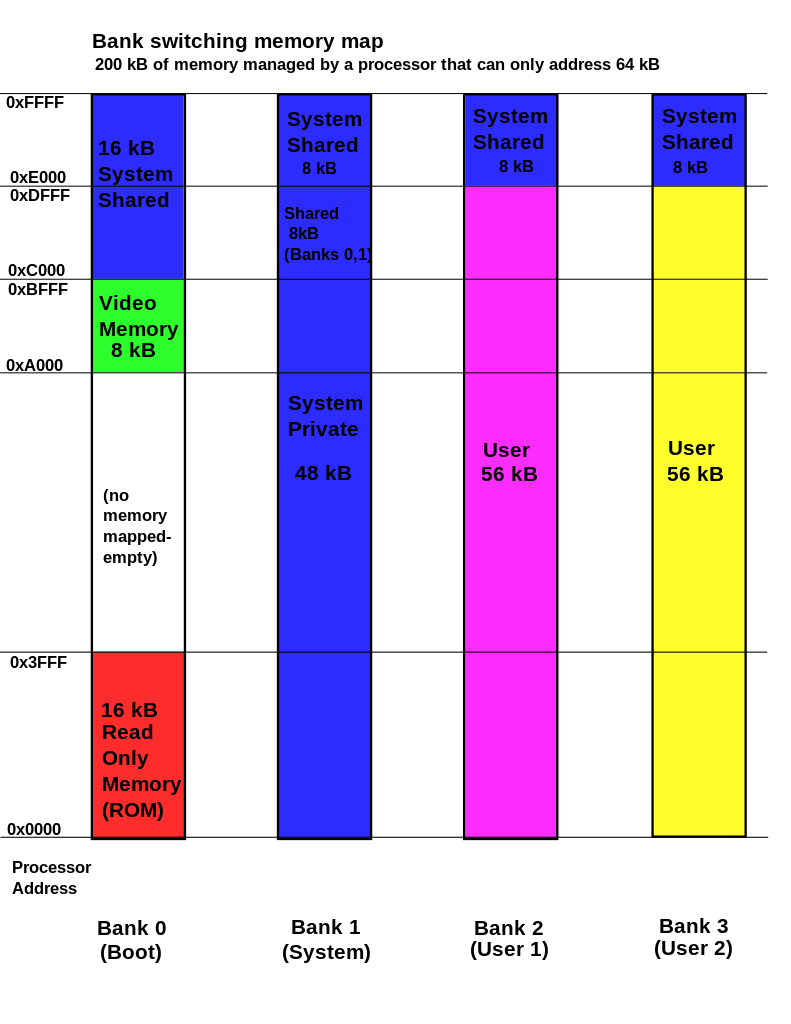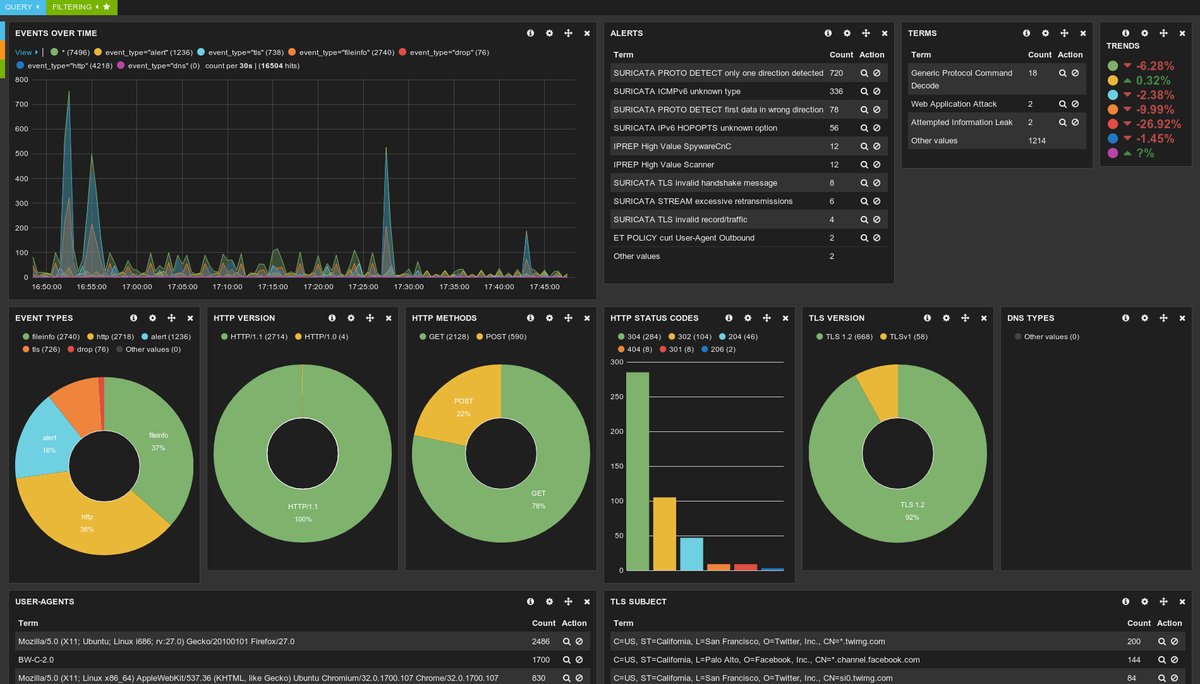Mac OS X’s native file system is HFS+ (also known as Mac OS Extended), and it’s the only one that works with Time Machine. But while HFS+ is the best way to format drives for use on Macs, Windows does not support it. Mac OS Extended: Mac OS Extended is the oldest file system that is compatible with all versions of Mac OS dating back to 1998. It is also referred to as HFS+ or HFS Plus and is the default file system that is used by older Mac OS versions for any storage device. The macOS High Sierra, however, only utilizes this file system for hybrid. However, if you’re working primarily with Mac computers, you’re probably better off using HFS+, which stands for Hierarchical File System, for native support. Also known as Mac OS Extended or HFS Extended, HFS+ is an improvement on the HFS file system, by supporting larger files and using Unicode for naming files.
Fuse4X project is not supported anymore. Most of its functionality has been merged into OSXFUSE. Please use OSXFUSE for future development.
Fuse4X allows you to extend Mac OS X's native file handling capabilities via 3rd-party file systems. It can be used as a software building block other products.
As a user, installing the Fuse4X software package will let you use any 3rd-party file system written atop Fuse4X.

As a developer, you can use the Fuse4X SDK to write numerous types of new file systems as regular user-mode programs. The content of these file systems can come from anywhere: from the local disk, from across the network, from memory, or any other combination of sources. Writing a file system using Fuse4X is orders of magnitude easier and quicker than the traditional approach of writing in-kernel file systems. Since Fuse4X file systems are regular applications (as opposed to kernel extensions), you have just as much flexibility and choice in programming tools, debuggers, and libraries as you have if you were developing standard Mac OS X applications.
In more technical terms, Fuse4X implements a mechanism that makes it possible to implement a fully functional file system in a user-space program on Mac OS X (10.5 and above). It provides API compatible with the FUSE (File-system in USEr space) API that originated on Linux. Therefore, many existing FUSE file systems become readily usable on Mac OS X.
The Fuse4X software consists of a kernel extension and various user-space libraries and tools. It comes with C-based and Objective-C based SDKs. If you prefer another language (say, Python or Java), you should be able to create file systems in those languages after you install the relevant language bindings yourself.
Goal and Vision of the project
Fuse4X has been forked off MacFuse project with intention to make it 'FUSE reference implementation'. Most Fuse filesystems are developed on Linux and later ported to other platforms such as FreeBSD/MacOSX/Solaris. All these filesystems expect that libfuse works the same way on all supported platforms. In general this is not true for MacFuse.
MacFuse (that for severals years was de-facto the main implementation of libfuse on macosx) had never compatibility as a project goal. The MacFuse author had motto 'MacFuse is not Fuse' and over the years MacFuse became incompatible with the upstream project. While other forks (for FreeBSD/NetBSD/..) are developed closely with the Linux version, MacFuse development was more like a ghetto without dialogue with the rest of the FUSE community.
Fat for mac os x 10.10. The goal of Fuse4X project is to develop FUSE implementation that is fully-compatible with the upstream project. Fuse4X pays a lot of attention to communication with the FUSE community as well. Fuse4X developers try to contribute its changes to the upstream project when possible.
It is highly recommended for cross-platform applications to use Fuse4XOSXFUSE. Also its binary distribution includes macfuse compatibility layer that allows legacy applications run together with fuse4x-specific applications.

Important:This document may not represent best practices for current development. Links to downloads and other resources may no longer be valid.
The following sections discuss the file systems supported by OS X and the impact they can have on application performance.
Supported File Systems
OS X supports a variety of file systems and volume formats, including those listed in Table 1. Although the primary volume format is HFS Plus, OS X can also boot from a disk formatted with the UFS file system. Future versions of OS X may be bootable with other volume formats as well.
Mac Os File Structure
File System | Description |
|---|---|
HFS | Mac OS Standard file system. Standard Macintosh file system for older versions of Mac OS. |
HFS Plus | Mac OS Extended file system. Standard Macintosh file system for OS X. |
UFS | Unix File System. A variant of the BSD “Fast File System.” |
WebDAV | Used for directly accessing files on the web. For example, iDisk uses WebDAV for accessing files. |
UDF | Universal Disk Format. The standard file system for all forms of DVD media (video, ROM, RAM and RW) and some writable CD formats. |
FAT | The MS-DOS file system, with 16- and 32-bit variants. |
SMB/CIFS | Used for sharing files with Microsoft Windows SMB file servers. |
AFP Take on other players in board games, MMO games, strategy games, and even social games in this great collection of 2 player games. You can team up with a friend or battle them to the death in these free online games. Jump behind the controls of a tank and find out if you can destroy their tank before they send yours to the scrap heap. Good games for 2 players online on the same computer with a friend: Free online two player games for kids, teens (girls & boys) to play now on the web. Fun 2PG arcade action games for PC, Mac, iPad, tablet, high school age students. New 2 player fighting games, shooting games, war games, car racing games. What's better than playing a game on your own? Trying one out with a friend or family member, of course! In this category, you'll find two-player games where you and another person can battle each other for points or a big win while using the same computer (or tablet or smartphone). You can sit in the same room—or train or doctor's office or wherever you are! We collected 308 of the best free online 2 player games. These games include browser games for both your computer and mobile devices, as well as apps for your Android and iOS phones and tablets. They include new 2 player games such as Ping Pong Chaos and top 2 player games such as Basketball Stars, Fireboy and Watergirl in the Forest Temple, and Basketball Legends 2020. Mac games free. | AppleTalk Filing Protocol. The primary network file system for all versions of Mac OS. |
NFS | Network File System. A commonly-used BSD file sharing standard. OS X supports NFSv2 and NFSv3 over TCP and UDP. |
Acdsee license key for mac. FTP | A file system wrapper for the standard Internet File Transfer Protocol. |
Accessing File-System Data

Every file system stores metadata about the files in the file system. This metadata describes the file but is not part of the file itself. The metadata for a file can include attributes such as Mac OS file type information, BSD-style file access permissions, and creation and modification dates. Because of the differences in how file systems store this data, accessing metadata can be a potentially expensive operation on some file systems.
Mac File System Format
It’s important to realize that if a piece of data is not immediately present in the file system, that information might have to be calculated. Retrieving file-system information is a time-consuming operation as it is, but if the information must be calculated or read separately from disk, it becomes even more time-consuming. The valence of a directory—the number of items in that directory—is a typical example of information that must be calculated on most file systems.

When calling file-system routines, you should always carefully consider what information you actually need and request only that information. For example, a single call to PBGetCatInfoSync returns Finder file type information from a file or folder. On HFS and HFS Plus file systems, the penalty for retrieving this metadata is minimal because it is stored in the file’s catalog node and read into memory along with the file name. However, on other file systems, this data may have to be read separately, incurring another read operation. Instead of PBGetCatInfoSync, you should have used FSGetCatalogInfo or PBGetCatalogInfoSync and specified exactly which pieces of information you wanted.
File System For Mac Os 10.12
File System For Mac Osx
Copyright © 2003, 2014 Apple Inc. All Rights Reserved. Terms of Use | Privacy Policy | Updated: 2014-03-10